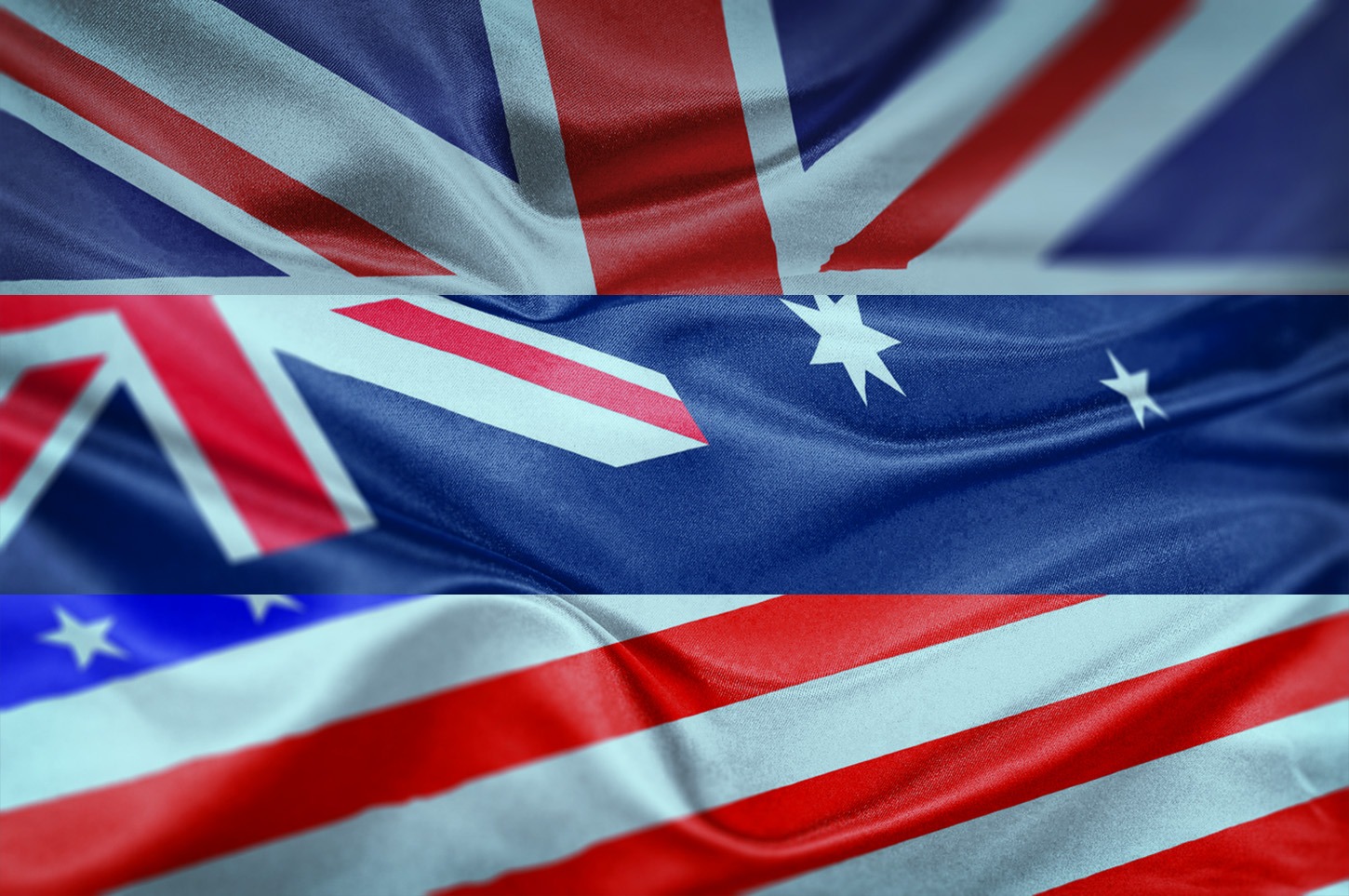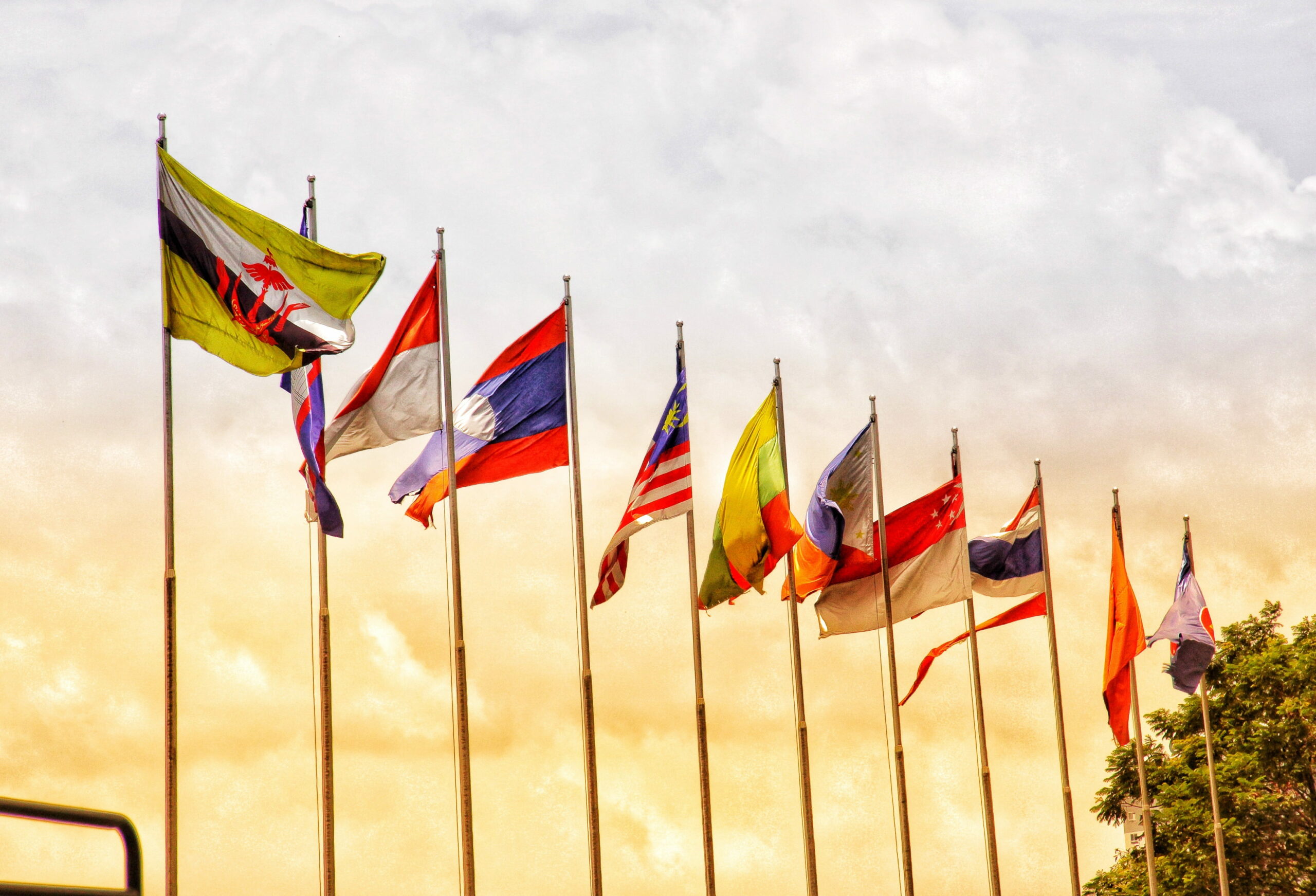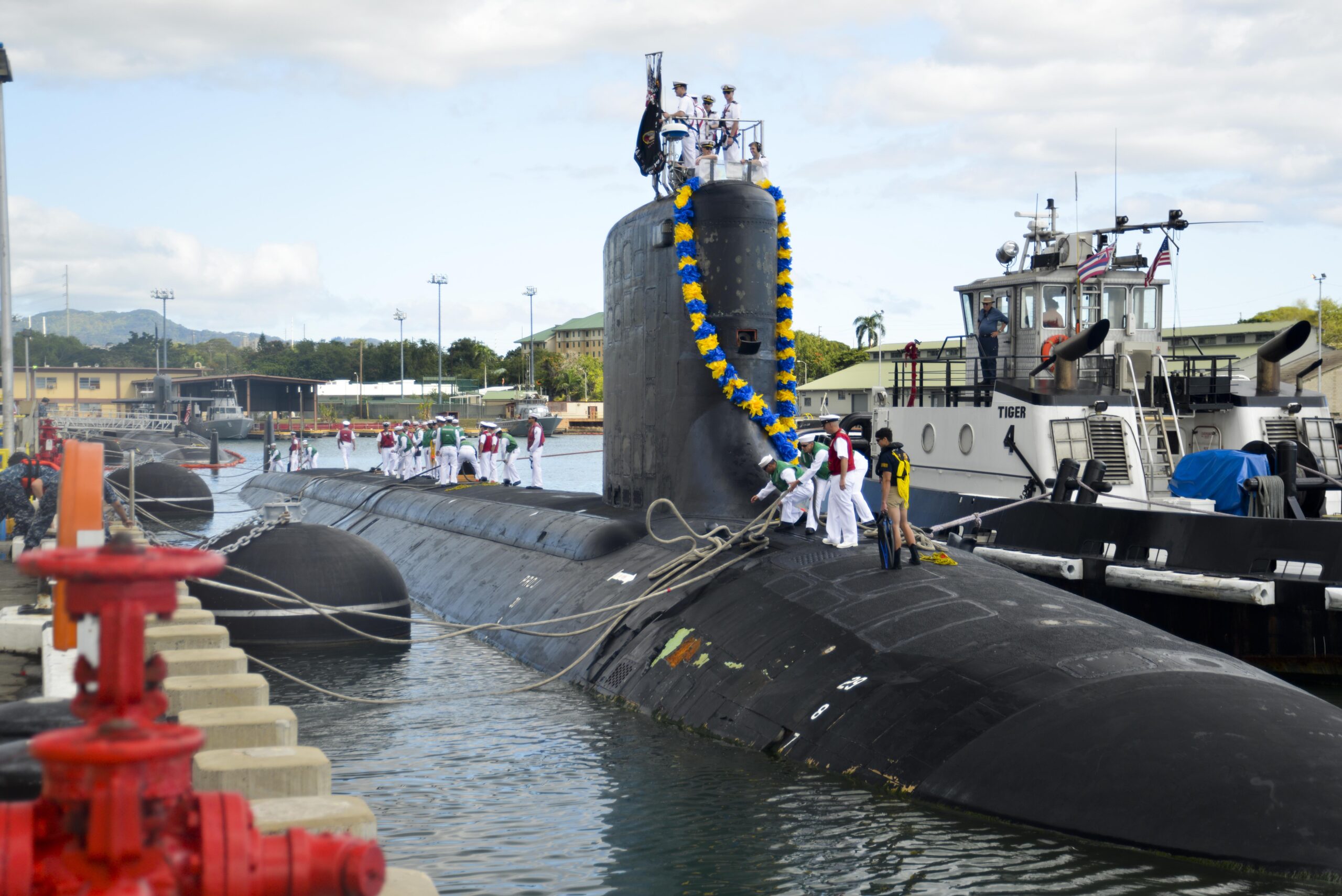AUKUS as a Catalyst for More Strategy for Japan
Australia’s decision to build attack nuclear submarines in cooperation with the United States and the United Kingdom, while breaking its contract with France to procure conventional submarines, was received with great surprise in Japan. Initially, a proposal to procure conventional Japanese submarines to replace Australia’s Collins-class submarines had been regarded as the most likely option, but the French proposal had defeated that of Japan in a 2016 tender.
Therefore, interest in Australia’s decision was extremely high in the Japanese security community. During the presidential election of the ruling Liberal Democratic Party, two of the four candidates responded to questions from the media that Japan should consider owning nuclear submarines in the future. (However, Prime Minister Fumio Kishida, the winner of the election, did not mention the possession of nuclear submarines.)
The so-called AUKUS, a framework for security cooperation among Australia, the United Kingdom, and the United States, has been attracting much attention for its nuclear submarine deal. But the submarine deal is not the only one. As many commentators have already mentioned, it is part of an effort to build a reliable security supply chain and also includes the procurement of the Tomahawk long-range cruise missile and cooperation in advanced technologies, such as cyber, artificial intelligence and quantum computing.
It is important to point out that the details of the AUKUS cooperation arrangements will be worked out over the next 18 months and that Australia will not actually operate nuclear submarines until the 2030s, so there are many uncertainties. Nevertheless, the prospect that Australia is about to become the world’s seventh nuclear submarine power (or perhaps the eighth, with Brazil ahead of it) will influence security and nonproliferation thinking in Japan and elsewhere in the region.
The first question is whether Australia’s acquisition of nuclear submarines will stimulate proliferation in the region. It is highly unlikely that Australia itself would pursue the acquisition of nuclear weapons and its nuclear submarine program would become the source of nuclear proliferation or nuclear security problems.
However, Australia’s decision has the effect of lowering psychological barriers to the possession and transfer of nuclear submarines, and it may trigger greater debate over nuclear submarine possession, not only in Asia but also in the Middle East and elsewhere, and hence accelerates the trend of nuclear submarine acquisition in Asia, which has already begun. In Asia, India possesses nuclear submarines, and in August 2020, South Korea has announced a plan to build nuclear submarines. Also, in January 2021, Kim Jong-un said that North Korea would also work on developing nuclear submarines.
In South Korea’s case, cooperation from the United States will be the key to acquiring nuclear submarines. Will the U.S. then adopt a double-standard stance of “Australia is good, South Korea is bad,” or will it choose to cooperate with South Korea? If South Korea does acquire nuclear submarines, will Japan be able to withstand politically a situation in which it would be the only key player in the region that does not have nuclear submarines?
In fact, given the role assigned to Japan’s submarine fleet in the current Japan-U.S. alliance’s anti-submarine warfare (ASW) plan, it would be more rational to invest in improving the quietness and battery capacity of conventional submarines. However, depending on future ASW operations that have geographically and functionally greater missions with more partners such as Australia, Japan may have the appetite to possess nuclear submarines in the future. It may also be linked to the issue of how to cope with underwater arms races, including autonomous nuclear-propelled vessels.
Second, Australia’s increased capability in ASW and medium- to long-range strike capability means that Australia will become more involved in the East Asian security dynamics, including in the South China Sea. Australia’s involvement would be desirable for Japan’s security so as to envision a deterrence architecture of the Indo-Pacific (or what the United States calls “integrated deterrence”), to deal with the rapidly growing military threat of China. Japan will also strengthen its cooperation with the United States and Australia to build a more resilient defense supply chain. AUKUS will serve as an important catalyst for envisioning the kind of security cooperation in the Indo-Pacific region that is both desirable and necessary for Japan.
Prime Minister Kishida announced a review of the National Security Strategy. Seven years have passed since the formulation of the current NSS and the security environment has undergone major changes, including the qualitative and quantitative expansion of China’s military capability, the growing risk of a Taiwan Strait contingency, the intensifying strategic confrontation between the United States and China and the improvement of North Korea’s nuclear capabilities.
Against this backdrop, Japan needs to re-envision its role in a more integrated regional deterrence architecture and ways to partner not only with the United States, but also with Australia, South Korea and other like-minded countries. AUKUS presents a good alarm for Japan to think about regional security more dynamically, incorporating ways of preventing an escalating arms race and proliferation.
Dr. Nobumasa Akiyama is a professor of International Politics at Hitotsubashi University, Tokyo, Japan. He is also a member of the Asia-Pacific Leadership Network for Nuclear Non-Proliferation and Disarmament (APLN). His article is published in cooperation with the APLN (www.apln.network).
Disclaimer: The opinions articulated above represent the views of the author(s) and do not necessarily reflect the position of the Asia Pacific Leadership Network or any of its members.
This article was published in The Korea Times on 13 October 2021 as part of a dedicated, regular Korea Times column with analysis by APLN members on global issues. You can find the original post here.
U.S. Navy photo by Lieutenant Lauren Spaziano/Released




